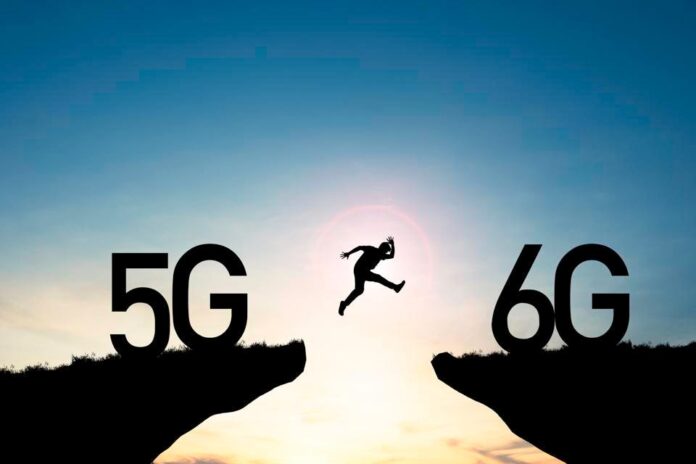IndiGlobal Bureau
Even as the 5G services are being expanded to cover the entire India in the next 15 months, the Government of India shifted its focus to 6G (the Sixth Generation) telecom services.
The Department of Telecommunications has constituted a Technology Innovation Group (TIG) on 6G (6G) with members from various Ministries/Departments, Research and Development institutions, Academia, Standardization bodies, Telecom Service Providers, and Industry to develop Vision, Mission, and Goals for the 6G and also develop a roadmap and action plans for 6G in India, informed Devusinh Chauhan, Minister of State for Communications today.

The TIG-6G has constituted six Task Forces with Industry, Academia, R&D institutions, and Government as members of Multi-Disciplinary Innovative Solutions, Multiplatform Next Generation Networks, Spectrum for Next Generation Requirements, Devices, International Standards Contribution, and Funding Research and Development. India is also contributing to International Telecommunications Union (ITU) in the 6G visioning exercise.
It may be noted that the Fifth-generation ( 5G) telecom services were rolled out in India on 1 October 2022 firstly in 13 cities, which include Delhi, Mumbai, Chennai, Kolkata, Bengaluru, Chandigarh, Gurugram, Hyderabad, Lucknow, Pune, Gandhinagar, Ahemdabad, and Jamnagar. 5G will eventually be available nationwide in 2024 fiscal.
When 5G mobile networks become fully operational, they will use a new radio technology and a different network architecture to deliver higher bandwidth and lower latency than the 4G (LTE) and 3G networks we have today. 5G promises peak data speeds of up to 10 Gbps—up to 100 times faster than the 100 Mbps of 4G. Latency, a measure of the time it takes data to travel from the phone to the distant server, could be less than a millisecond in 5G networks, or 60 to 120 times better than in 4G.








